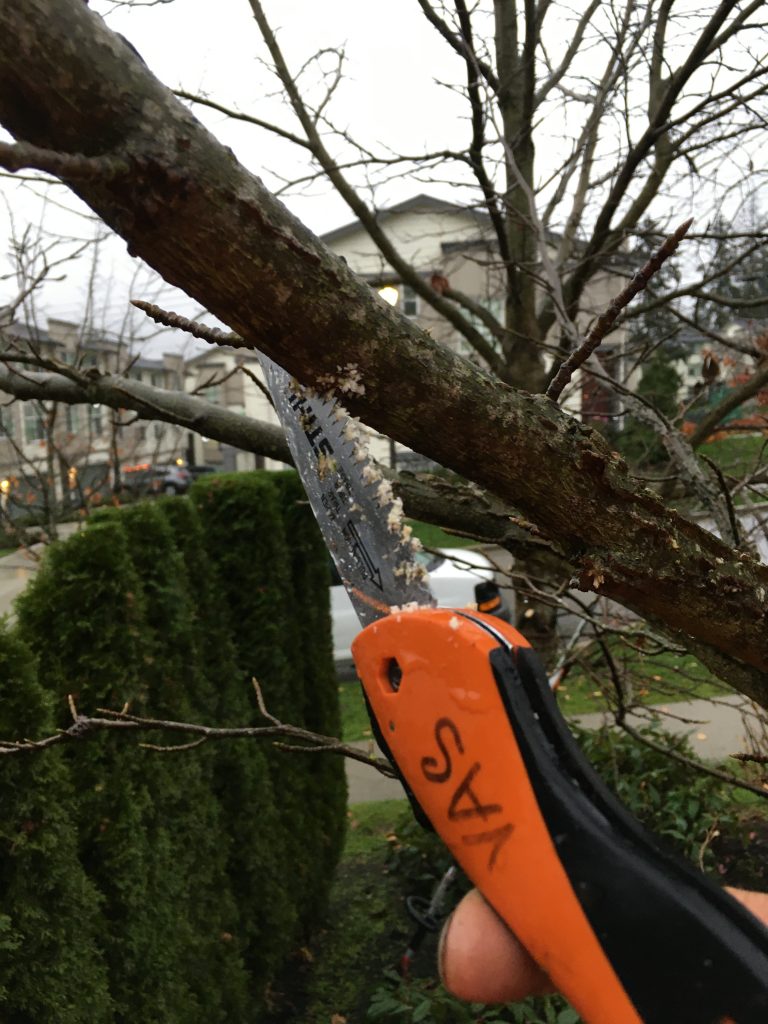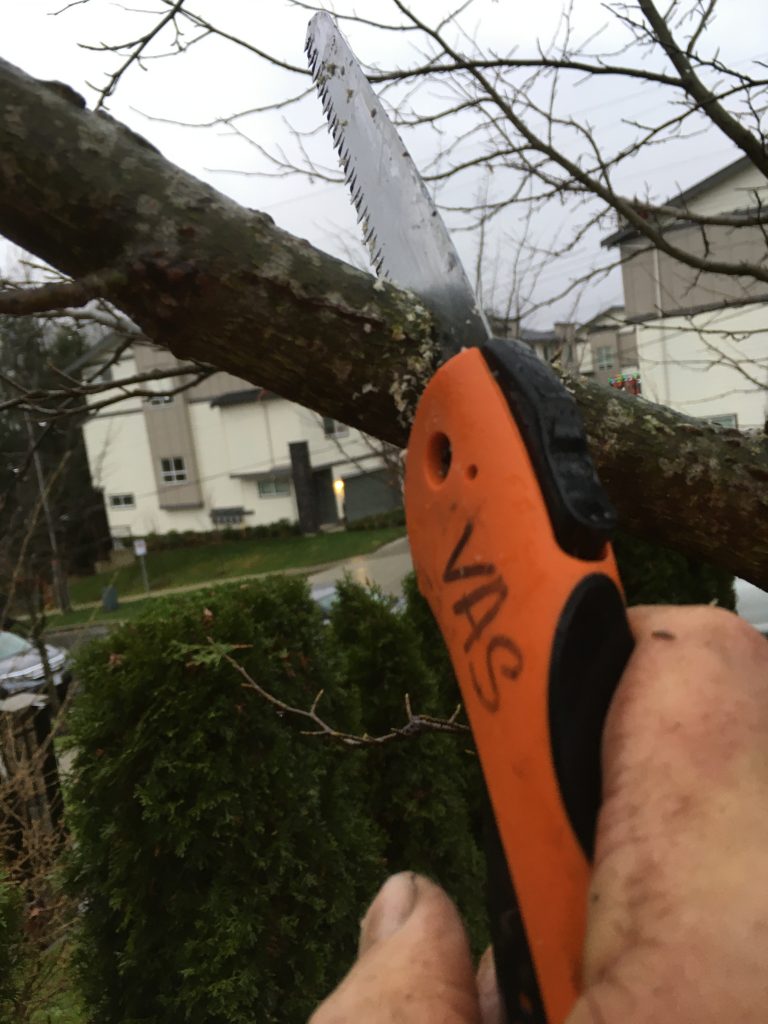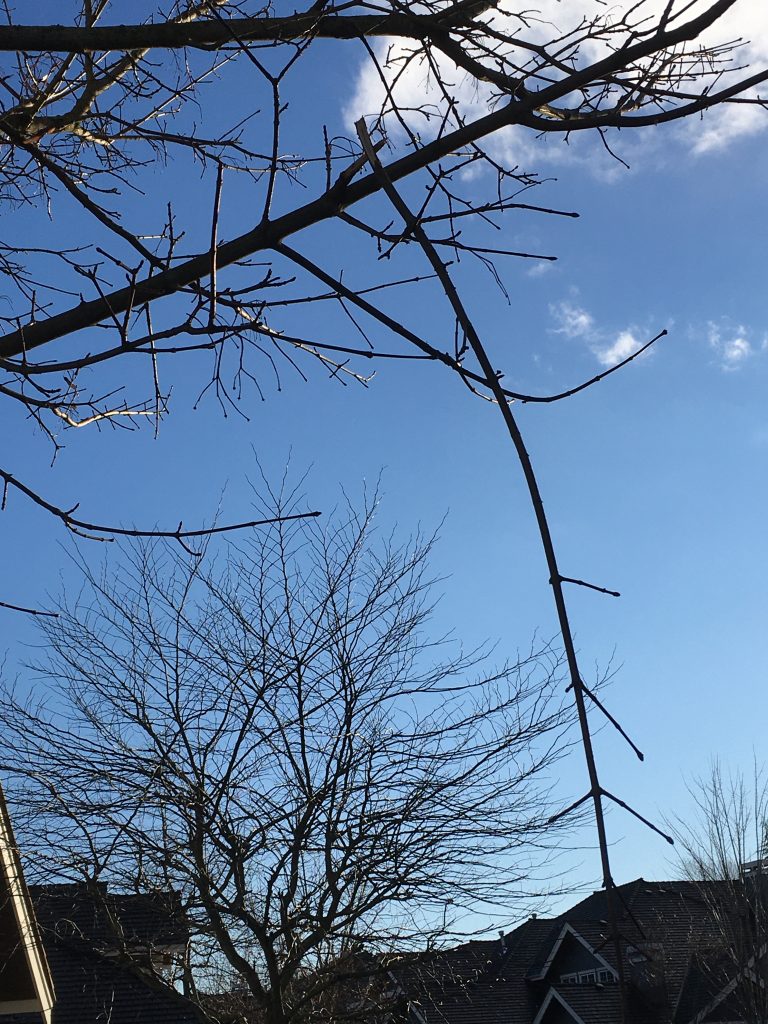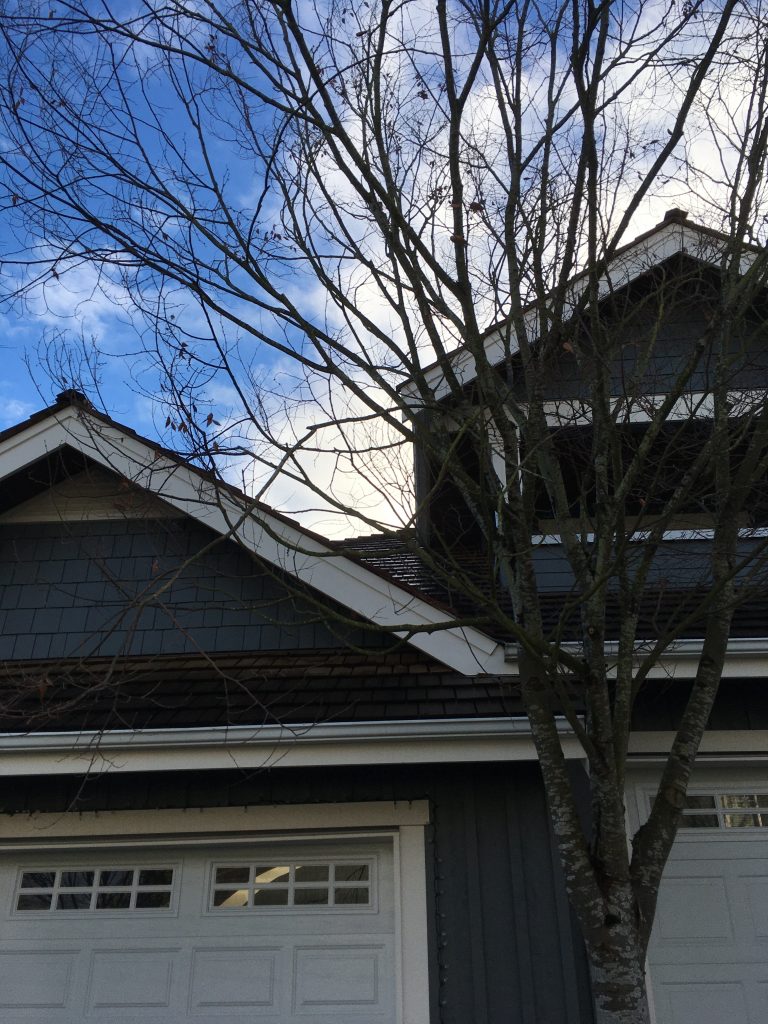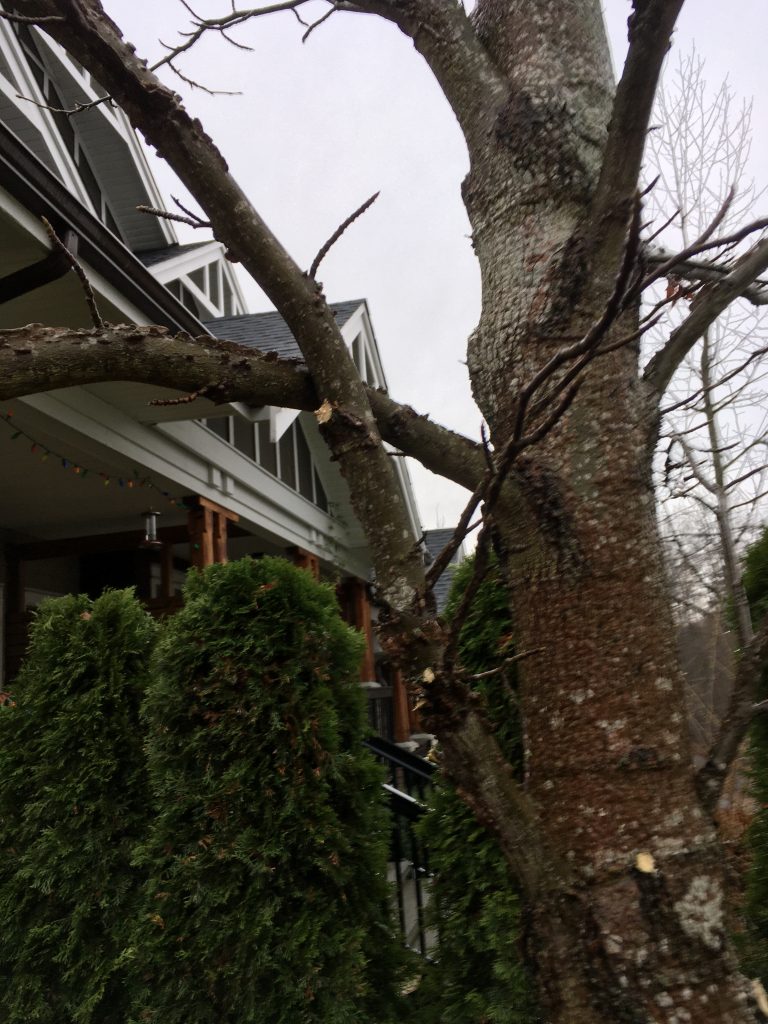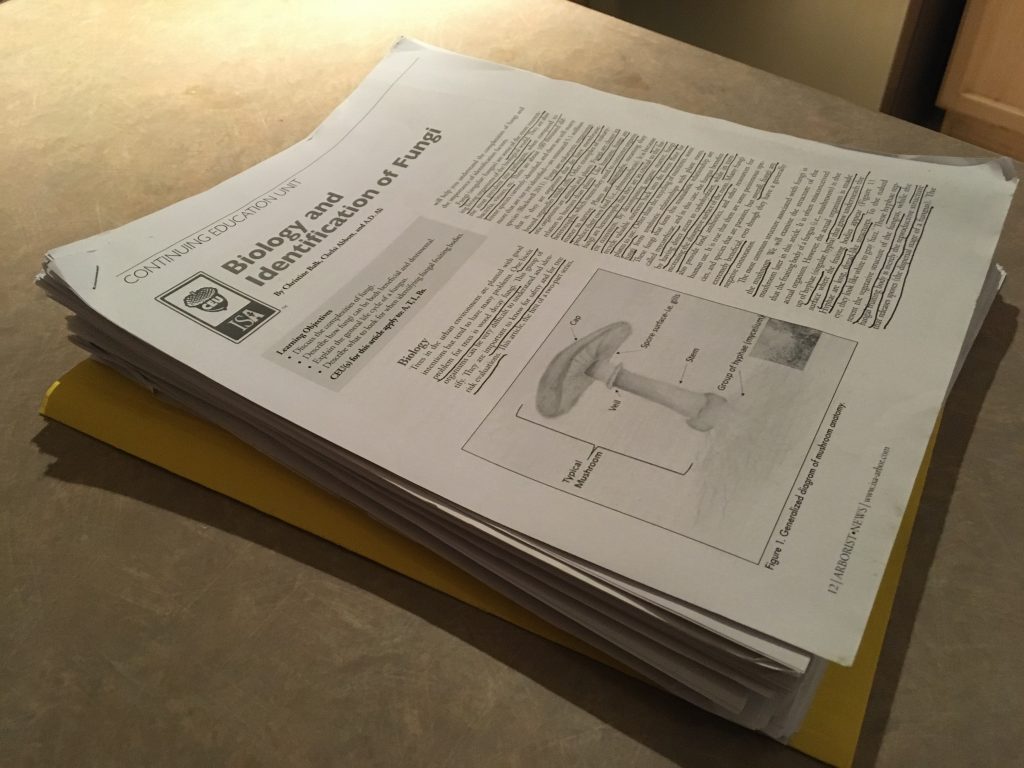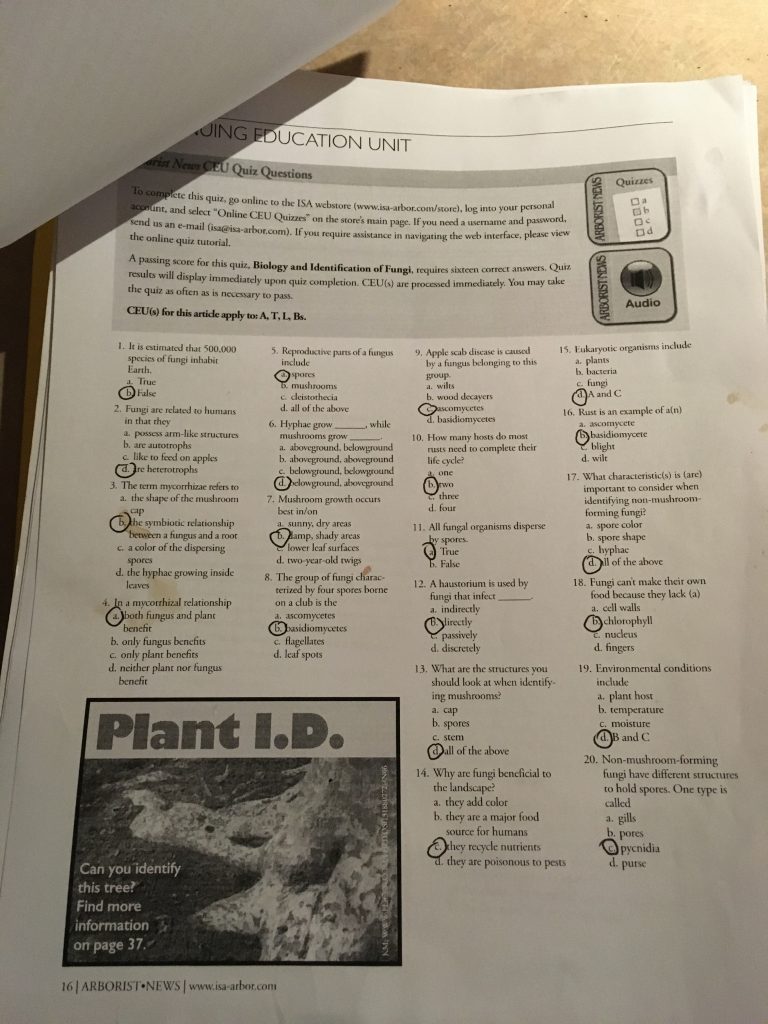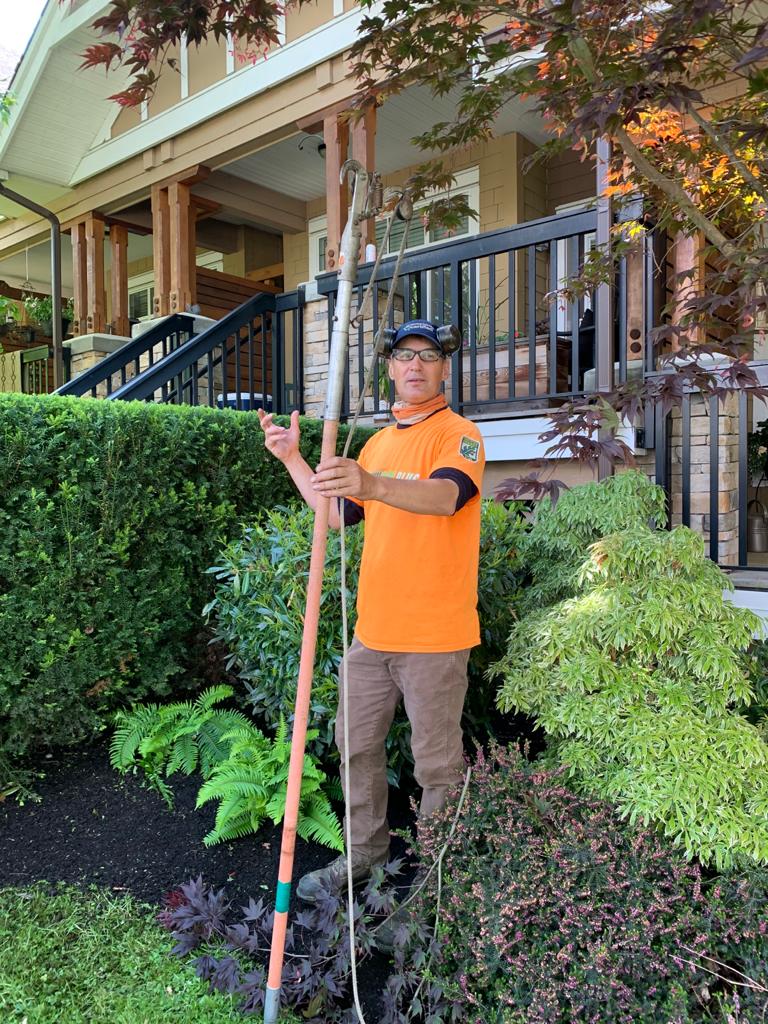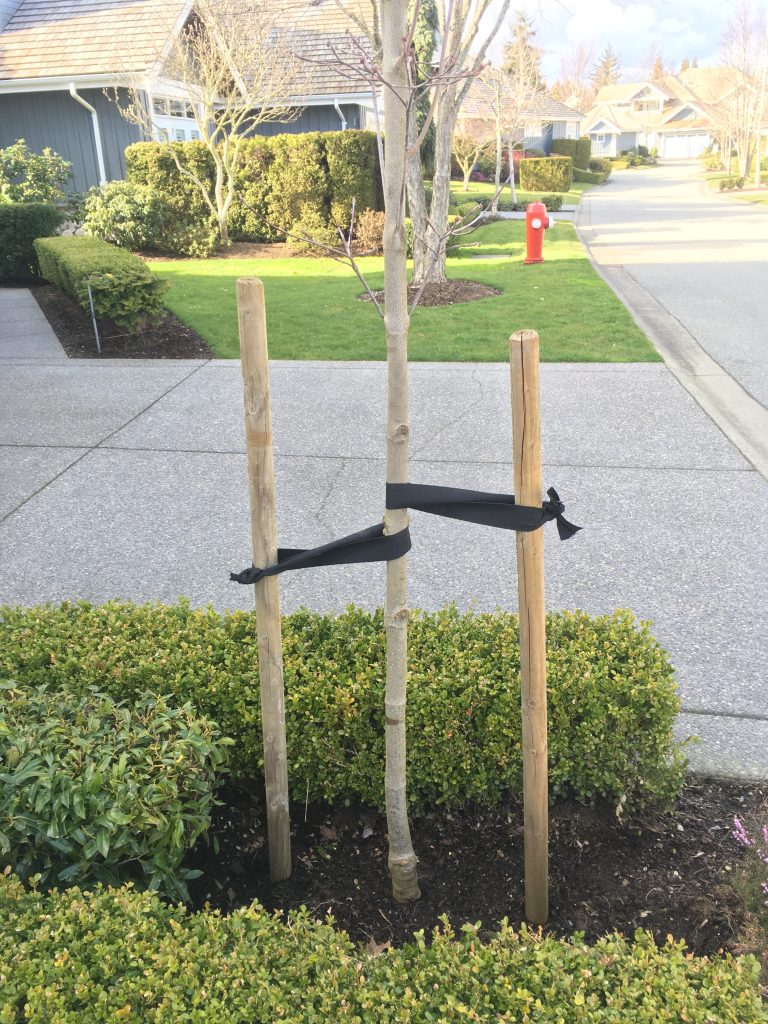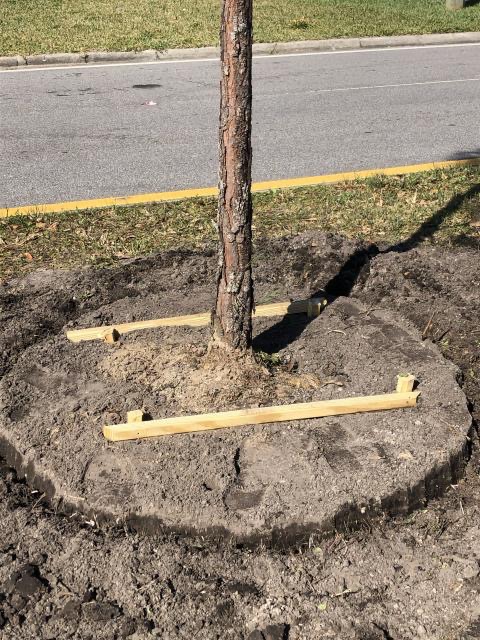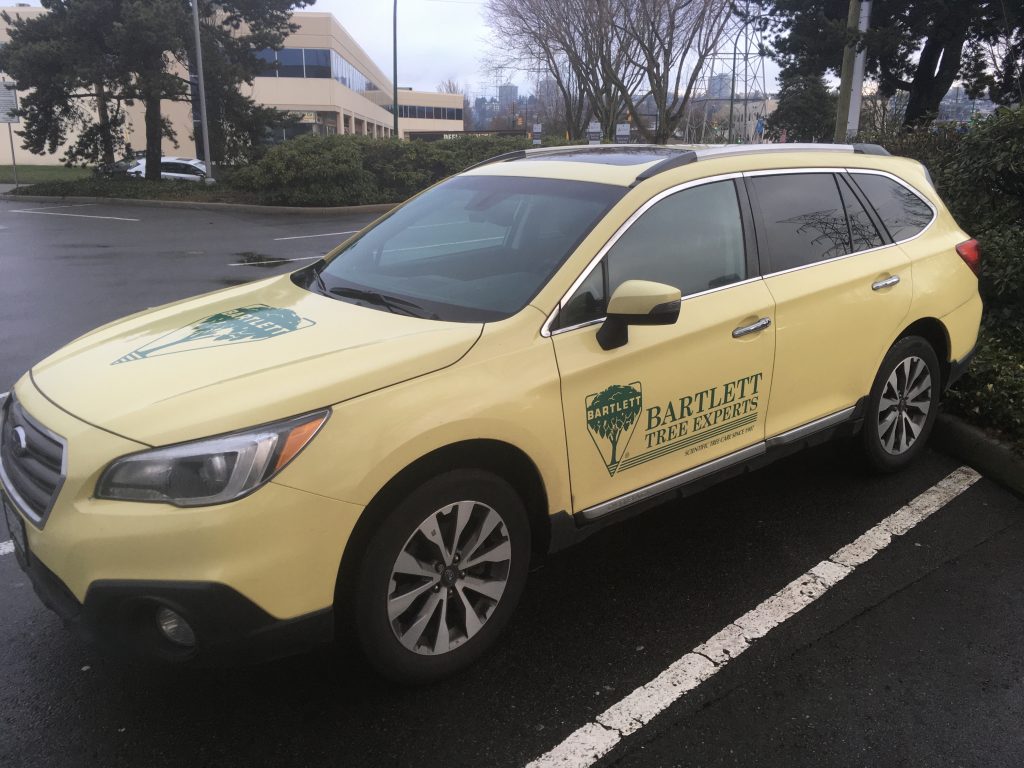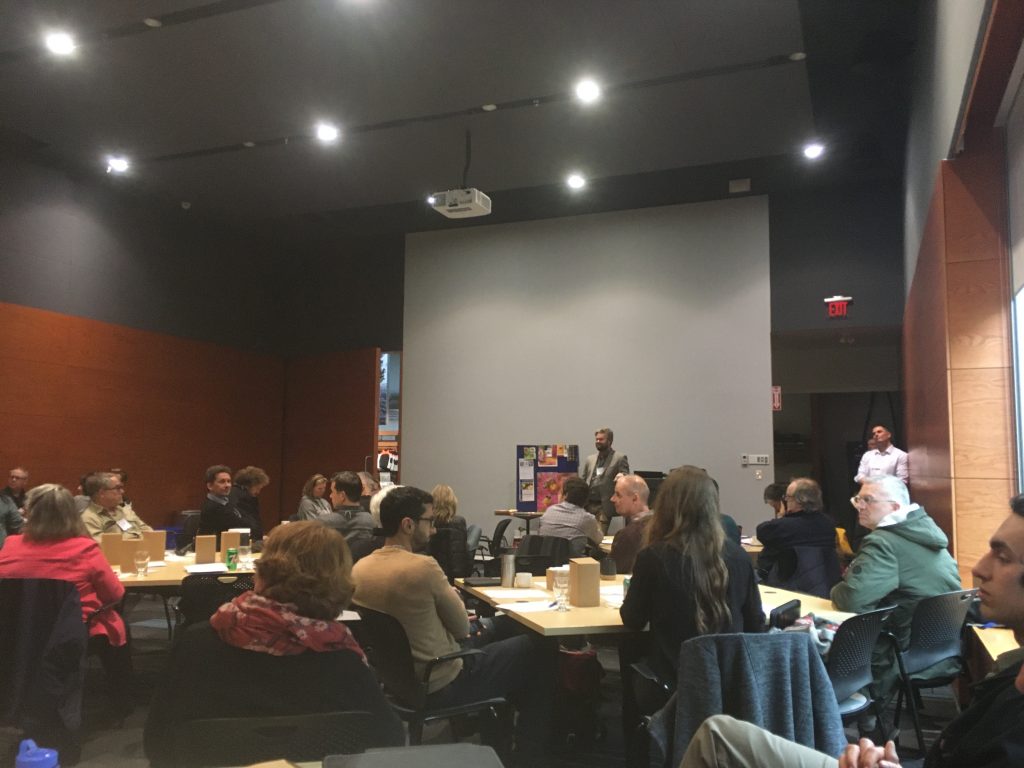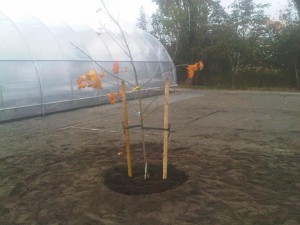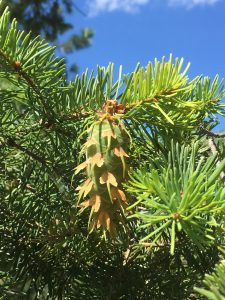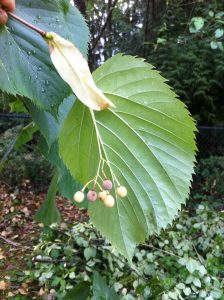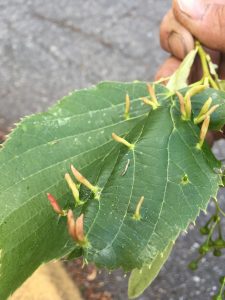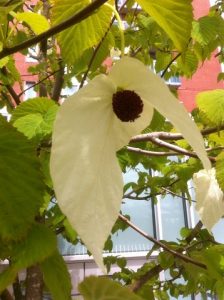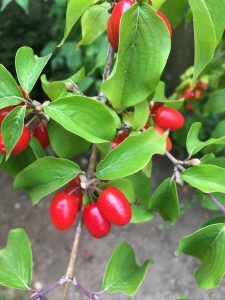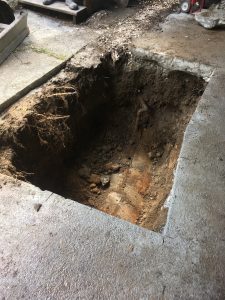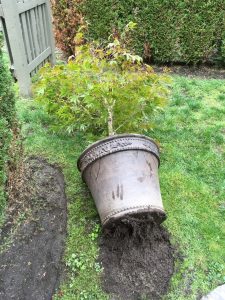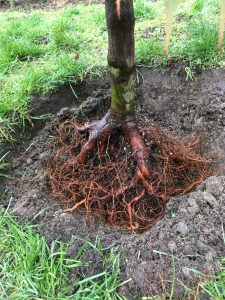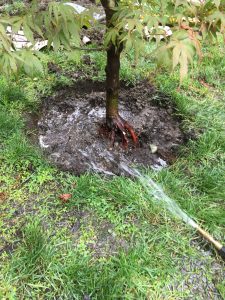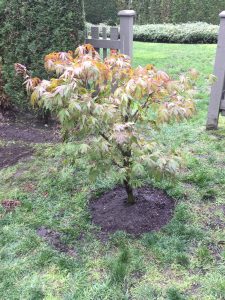Topped plum tree
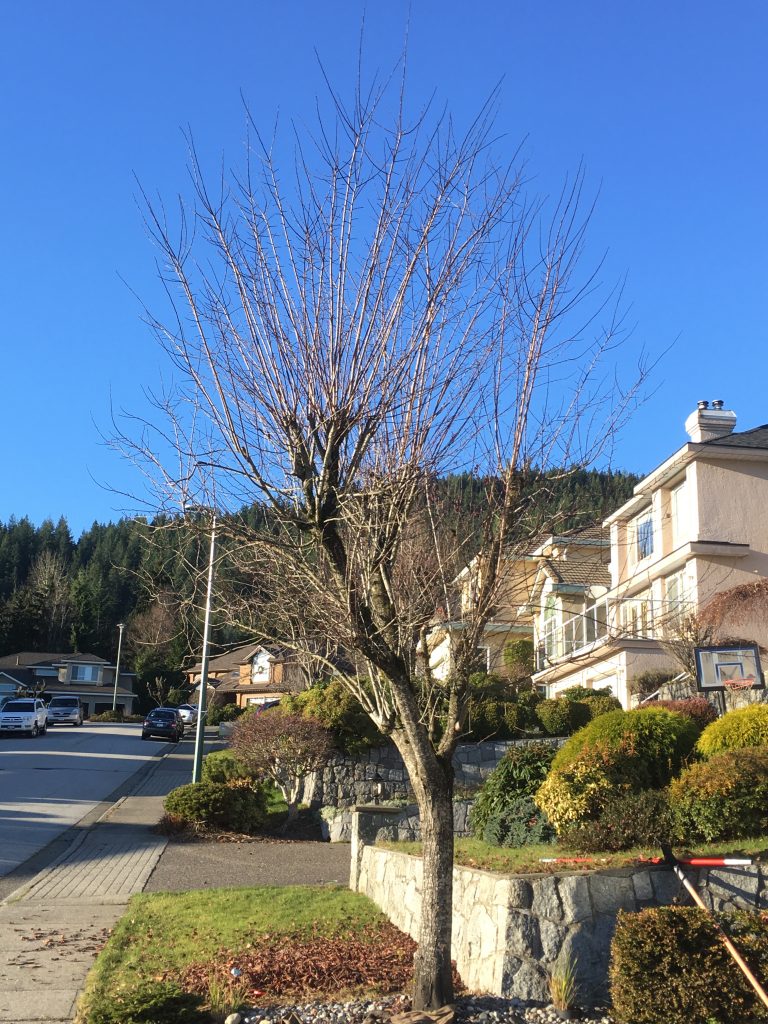
Well, this happens all the time. To reclaim his view, the neighbor “pruned” my client’s plum tree without asking. You can see the previous harsh cuts because that’s where all of the suckers originate. It’s a normal response by the tree and now, instead of one branch, we have many new suckers.
Pro tip: don’t top trees!
Now, months later, there is a new owner next door and was she ever excited to see me! This will be our annual dance from now on.
Is it hopeless?
Are topped trees doomed? Not necessarily. I pruned above the previous cuts and took out most of the suckers. I left some higher as new leaders, and some just below as subordinates. That’s the procedure: establish new leaders, subordinates and eliminate the rest. This way the tree will regain it’s “natural” shape.
Option two is to eliminate all of the suckers every year, which resembles pollarding. You can save the branches and keep your family warm in winter; or learn basket-weaving.
Next winter, I will do more corrective pruning on this tree.

Bonus!
As soon as I started pruning this plum tree, the new neighbor came out in homely sweat pants, smiling. Then, across the street came a nicely dressed lady, still holding the keys to her Land Rover; and very new to the neighborhood. Clearly, her family up-sized to a nice corner lot house.
As we walked around her garden, two workers moved what appeared to be an extremely heavy safe over the lawn to the back of the house. Right there I knew it, they could afford me!
Two days later I was hired to prune their maples and cedar hedges. Bonus!
Conclusion
Don’t top trees! Trespassing on your neighbor’s property to top trees is even worse. If you google tree topping, you will see a long list of negative consequences.
If you want to improve previously topped trees, keep some of the new suckers as new leaders, cut others shorter as subordinates, and eliminate the rest.


